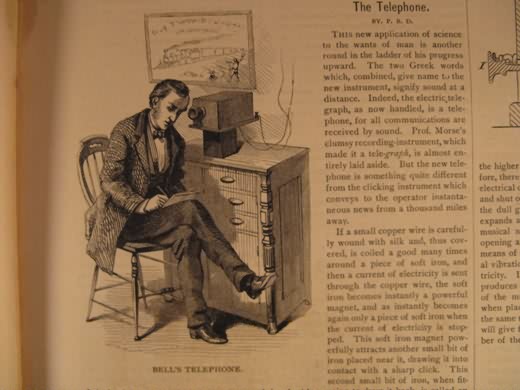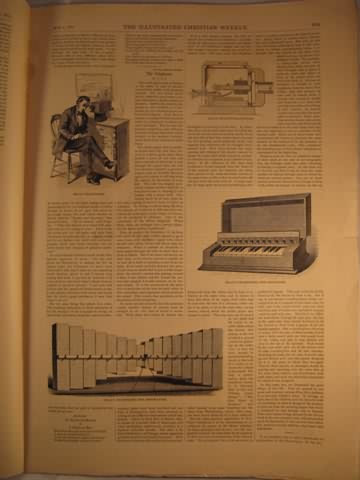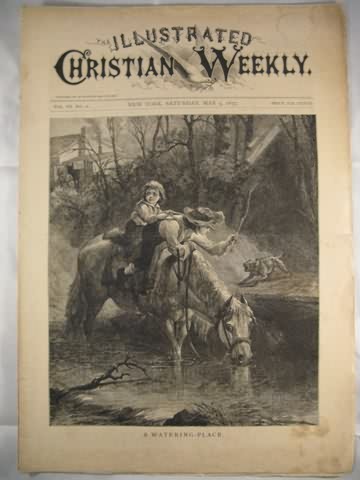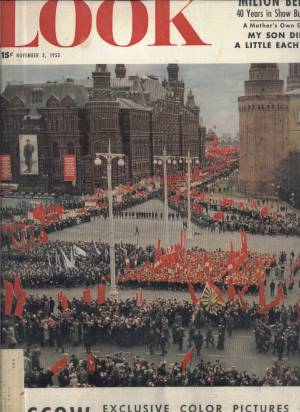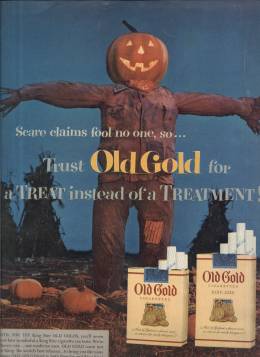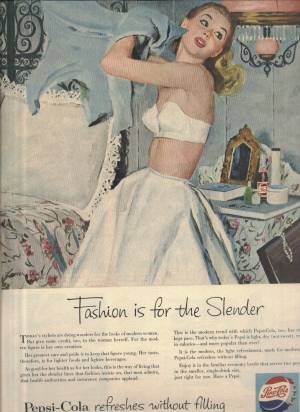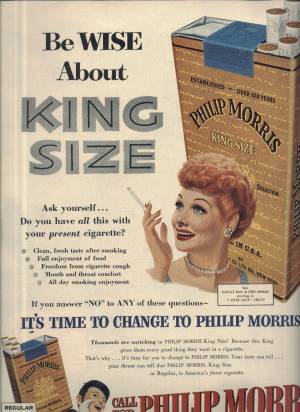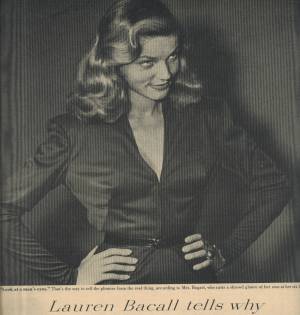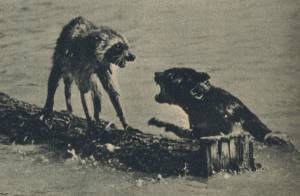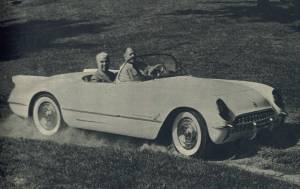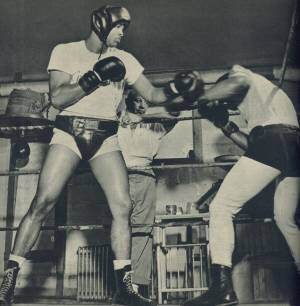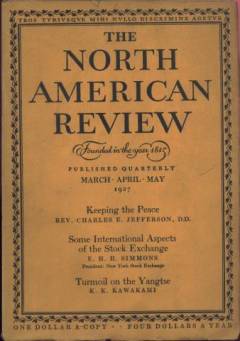On this date in 1838, Samuel F.B. Morse (1791-1872) sent the message “A patient waiter is no loser,” over two miles of wire coiled around a room of the Speedwell Iron Works in Morristown, New Jersey. Four days later Morse would send a letter over the wire from this same location, but this time before an audience of hundreds. After an 1842 demonstration in Washington, D.C., Congress would appropriate the funds for a 38 mile line between Washington and Baltimore, with the line officially opening on May 24, 1844 when Morse tapped out supporter Annie Ellsworth’s suggested message of “What hath God wrought!” from Washington to fellow inventor Alfred Vail in Baltimore.
To read more about Morse and the telegraph check out the book Lightning Man: The Accursed Life Of Samuel F.B. Morse by Pulitzer Prize winning author Kenneth Silverman.
Moving forward a bit in history you’ll see why I chose this event for today. I have an issue of the Illustrated Christian Weekly listed on eBay for the very first time at auction ending tonight. It’s dated May 5, 1877 and contains an article simply called “The Telephone” by P.B.D. It takes a look at the telephones from inventors Alexander Graham Bell and Elisha Gray and makes mention of Morse as follows:
“This new application of science to the wants of man is another round in the ladder of his progress upward. The two Greek words which, combined, give name to the new instrument, signify sound at a distance….Prof. Morse’s clumsy recording-instrument, which made it a tele-graph, is almost entirely laid aside.”
A little deeper into the article comes the following summary which lays the groundwork for the text that follows:
“With these two sisters of science, two separate paths have been traveled and two lines of investigation have been pursued, resulting in two different instruments called telephones. One is by PROF. BELL of Boston, who by means of a metallic disk or diaphragm, and other mechanical contrivances. produces at a distance articulate sounds. The other is by PROF. ELISHA GRAY, of Chicago, whose apparatus produces musical notes and plays tunes. With this latter telephone this article will mainly deal.”
The auction for this issue of Illustrated Christian Weekly ends tonight, January 6 at approximately 10:25 pm EST. The bidding starts at $49.99 (SOLD). Some images from the article follow, with the final image being that of the front cover:
